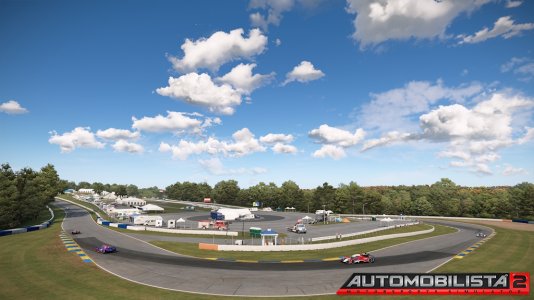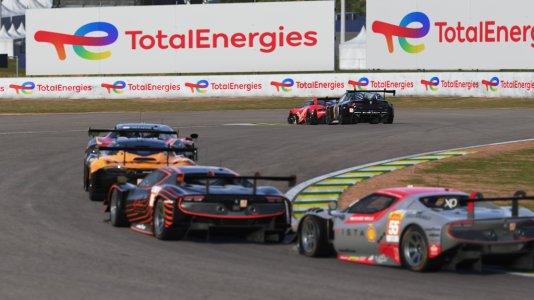Paul Jeffrey
Premium
McLaren Applied Technologies have revealed their vision of Formula One in 2050 - producing dramatic images of a 500 km/h inductively charged, electric racing car.
Designed with potential future technology advances in mind, the 2050 Grand Prix concept from McLaren is most certainly a dramatic one - the British team going as far as suggesting that performance of racing cars in the future could be so far ahead of today's technology that the drivers would require artificial intelligence and specially developed circuits in order to accommodate the requirements of driving the hyper fast racing machines.
"Give teams the opportunity to really push the boundaries of active aero as part of their natural car development, and suddenly you have the adoption of a technology that has the possibility to dynamically alter the outcome of a race in an authentic way as drivers battle it out," says Rodi Basso, Motorsport Director at McLaren Applied Technologies.
The former World Championship winning outfit believe that racing cars of the future could make use of shape shifting technology to increase performance and efficiency under certain circumstances, coupled with electric power and driver AI support, moving the sport far away from that of which we know and love at present.
"In the future we could get to the point where human ingenuity is replaced with an AI algorithm," explains Karl Surmacz, Head of Modelling and Decision Science at McLaren Applied Technologies. "Machine learning would see human preferences and decisions, as well as our domain expertise and instinct, captured. Take enough examples of our creative processes and outcomes, and this could be codified into an algorithm which would enable AI to make creative decisions consistent with those of a human counterpart."
McLaren also believe that in future racing will have to move away from traditional circuits, taking in the advances in "smart cities" to race on futuristic locations closer to the fans, giving rise to the potential for some spectacular sounding new opportunities to view the cars up close in ways not thought possible today.
"Smart cities will give us the chance to put the track action on people’s doorsteps," says Basso. "We’re going to see more racing take place where the fans are, as part of a continued effort to bring the show to them – and because the cars will travel at even more ferocious pace than is currently the case, it raises the possibility for race tracks to span far greater distances.
"Why confine the grand prix cars of tomorrow to the tracks of today? The Italian Grand Prix of 2050 would still run through the heart of one of the largest historical parks in Europe, but go on to scythe its way through the streets of Milan city centre, before making its way back to Monza’s leafy park."
All very interesting concepts and ideas, but how close to reality do you think McLaren have come with this new concept 2050 race car?"Why confine the grand prix cars of tomorrow to the tracks of today? The Italian Grand Prix of 2050 would still run through the heart of one of the largest historical parks in Europe, but go on to scythe its way through the streets of Milan city centre, before making its way back to Monza’s leafy park."
For more from the world of Formula One, head over to the RaceDepartment Formula One sub forum and join in with fellow fans of the top level of open wheel motorsport.
Like what we do at RaceDepartment? Follow us on Social Media!
Like what we do at RaceDepartment? Follow us on Social Media!
Last edited:











